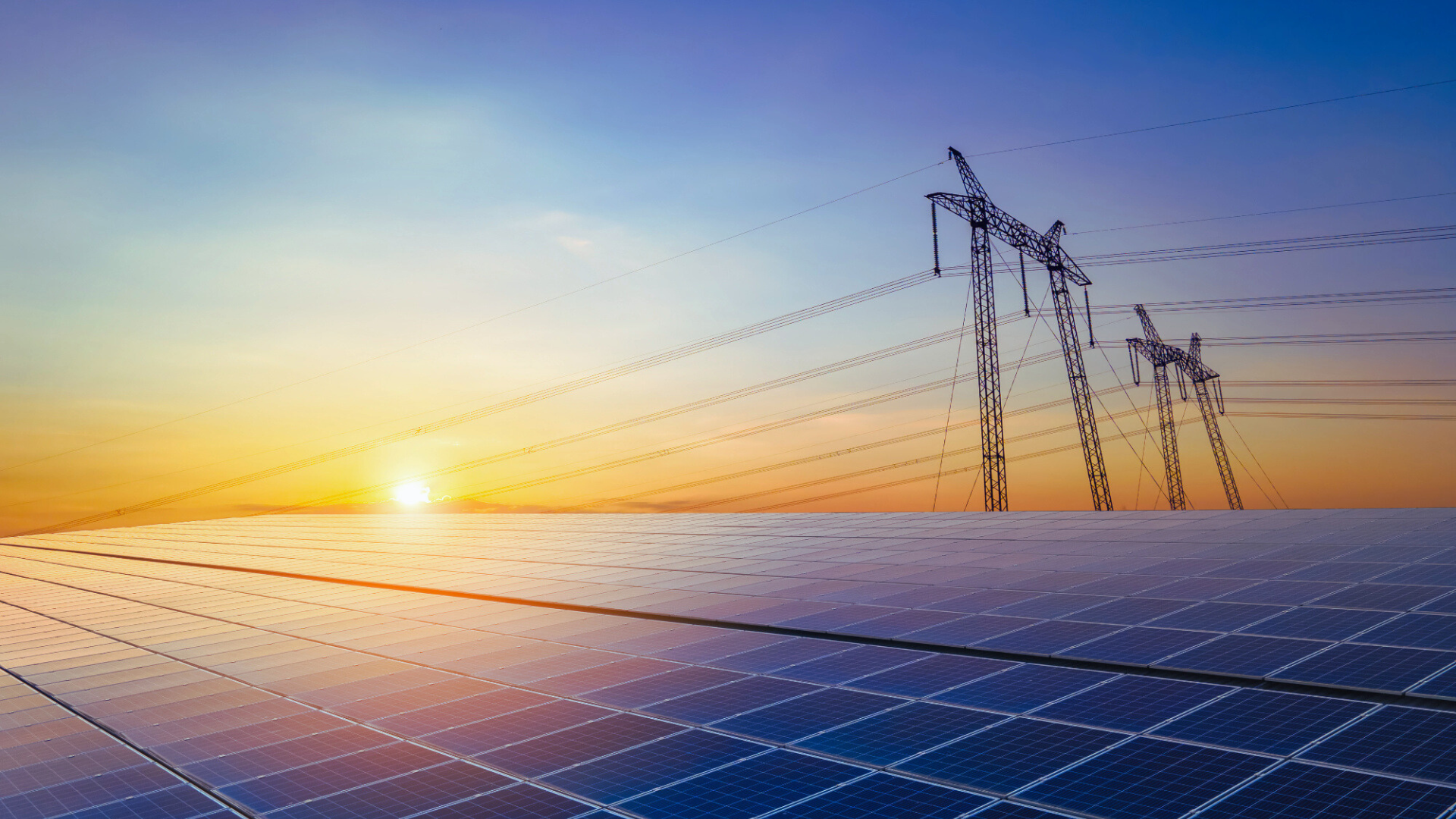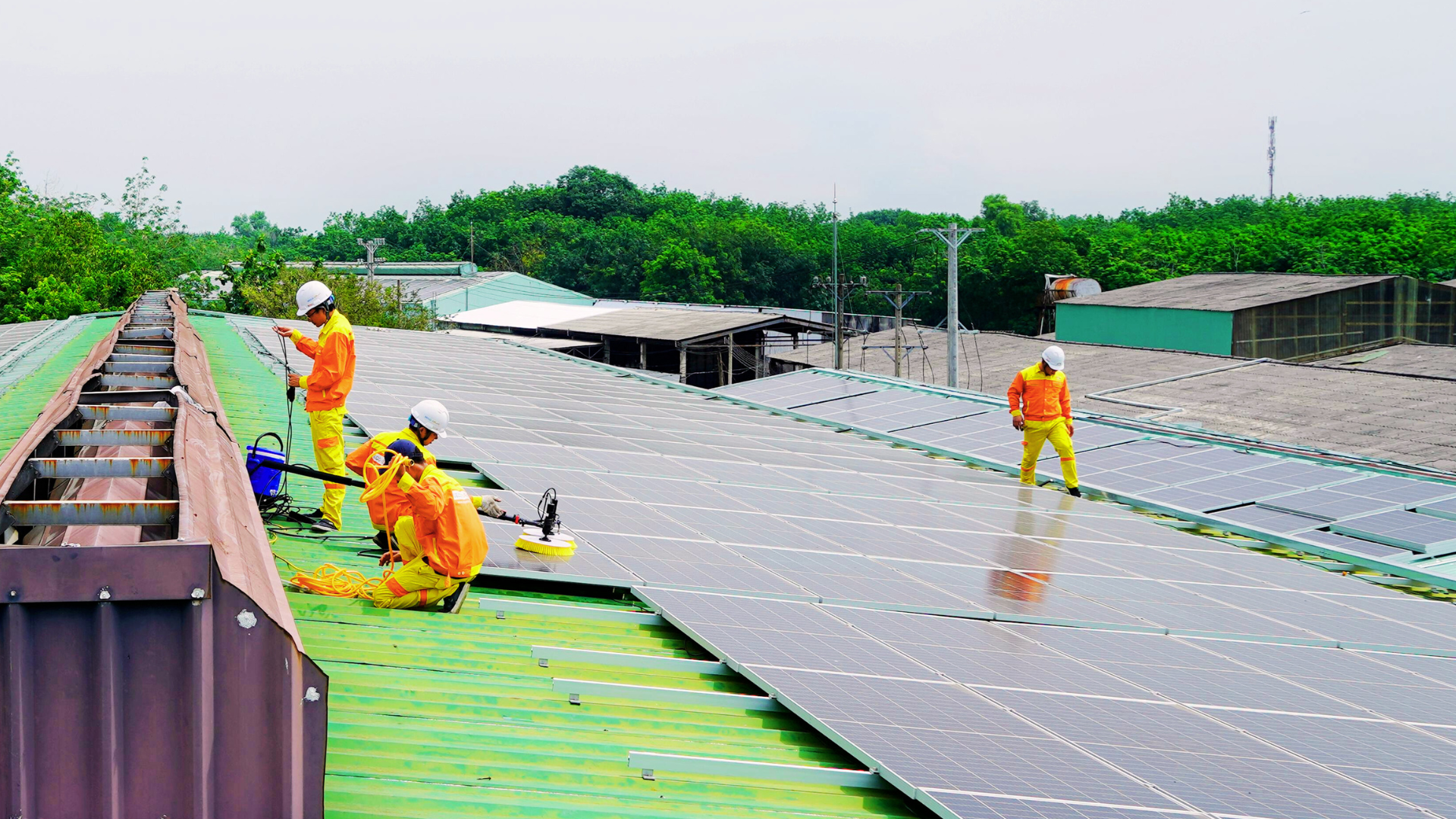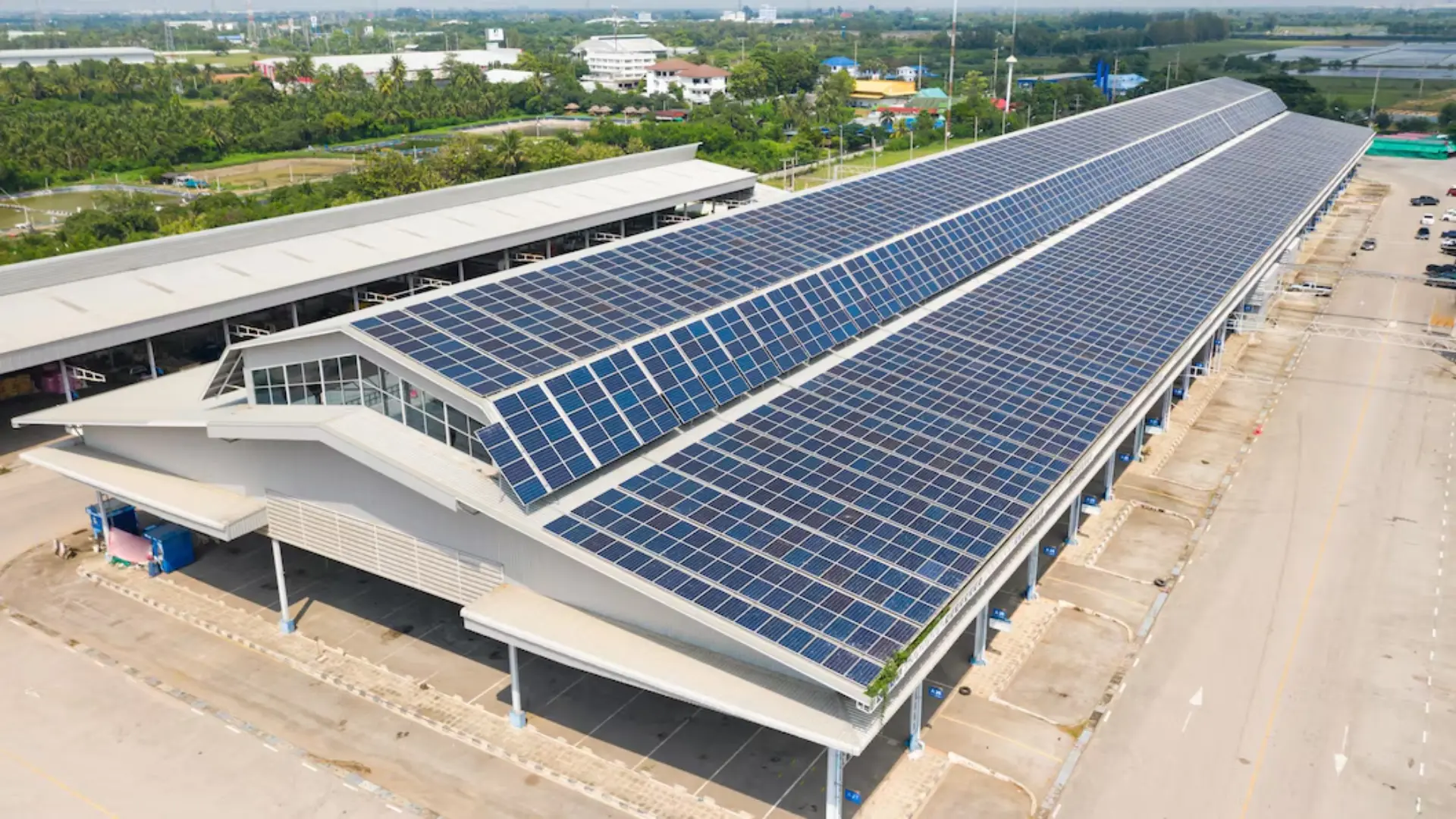The demand for residential solar energy has surged over the past decade, driven by the need for sustainable energy solutions, rising electricity costs, and government incentives. As homeowners seek ways to reduce their carbon footprint and save on energy costs, the adoption of residential solar systems has grown significantly.
The transition from conventional energy sources to clean energy alternatives like solar power is not just an environmental consideration but also a financial one. Understanding the intricacies of solar energy financing, subsidies, and investment risks is crucial. This guide to solar rooftop systems provides a comprehensive overview of the financial aspects of using solar technology, helping Indian homeowners make informed decisions.
The Economics of Residential Solar Energy
Investing in solar energy for homes offers substantial economic benefits, as it enables homeowners to reduce their electricity bills while contributing to renewable energy adoption. Solar panel installation costs have decreased over the years, making it more accessible for homeowners to go solar. Despite the upfront cost of installing a solar power system, various solar financing options, such as solar loans, leasing options, and government-backed subsidy programs, have emerged to make solar power more affordable.
Solar panels generate electricity that can offset a homeowner’s energy usage, leading to lower monthly electricity bills. The number of solar panels required for a home depends on various factors, such as energy needs, the capacity of the solar panel system, and the home’s rooftop solar potential. With proper planning, rooftop solar system owners can achieve a smooth transition to solar energy, maximising the financial benefits of solar power while enjoying reduced energy costs.
Solar Panel Installation Costs
The cost of solar panel installation and ongoing maintenance also influences the economics of solar energy systems. When the cost of installing solar panels is compared to the long-term savings on energy bills, the investment becomes attractive. Several financing options are available to cover the initial cost, the most practical of which is a solar loan provided by several Indian banks and Non-Banking Financial Companies (NBFCs).
Other financing methods, such as leasing solar panels, provide alternatives that do not require an upfront investment, allowing homeowners to start their solar journey with minimal financial strain.
Government subsidies and incentives also significantly impact the cost of solar installations. The Indian government offers substantial subsidies through programs like the MNRE (Ministry of New and Renewable Energy) subsidy scheme, which covers up to 40% of the upfront costs for residential installations up to 3 kW and 20% for larger systems up to 10 kW. Maximising these incentives is crucial for improving the cost-effectiveness of solar energy projects.
Rooftop Solar System: Investment Considerations
While the financial benefits of solar energy are clear, it’s essential for homeowners to understand all the aspects of investing in solar energy. A thorough assessment should consider factors such as the cost of solar panel installation, fluctuations in electricity prices, and changes in government incentives. Solar projects are typically long-term investments, with solar panels designed to last 25 to 30 years. However, variables such as technological advancements, energy policy changes, and state-specific regulations can impact the return on investment.
Solar financing options, like leases, come with their own set of risks. For instance, leasing solar panels may not provide the same financial benefits as purchasing your solar system outright, as lease payments can sometimes outweigh the savings on electricity bills. On the other hand, solar loans allow homeowners to build equity in their solar energy system, similar to property loans, but the interest rates and loan terms can affect the overall cost of solar panel financing.
Choosing the Right Solar Panel System
The capacity of your solar energy system and the suitability of the property for solar panels are crucial considerations. Some homes may not be suitable for solar panel installation due to shaded roofs or insufficient rooftop space, which can reduce the system’s efficiency and returns on investment.
Evaluating these factors is essential for determining whether an investment in solar energy is the right choice for a homeowner. Additionally, homeowners should consider the feasibility of energy storage solutions, such as batteries, which can increase the cost of a solar system but may also enhance energy savings by storing excess energy generated for later use.
How Can Indian Homeowners Best Leverage Solar Power?
Homeowners must know the basics before choosing solar power systems. We can start with the different types of solar panels, such as monocrystalline, polycrystalline, and thin-film panels.
- Monocrystalline Panels: Known for their high efficiency, monocrystalline panels are crafted from a single silicon crystal. These panels are ideal for Indian rooftops with limited space as they generate more electricity per square foot, even in high temperatures typical in India.
- Polycrystalline Panels: Made from multiple silicon crystals, polycrystalline panels offer a more affordable solution than monocrystalline panels. While slightly less efficient, they are a good choice for homes with larger roof spaces, balancing cost with moderate efficiency levels.
- Thin-Film Panels: Lightweight and flexible, thin-film panels are less efficient but work well in low-light conditions. They’re suitable for larger rooftops, though their lower efficiency and shorter lifespan might require more surface area for the same power output as crystalline options.
Understanding the solar panel capacity, efficiency, and expected energy generation helps determine the most suitable solar panels for home use. Homeowners must understand the process of determining the right size of the solar system for their home, considering factors like the number of solar panels needed and the expected energy savings.
Energy consumption analysis is another important factor in solar investments. Homeowners with higher energy usage may need larger solar installations. Understanding all the options, such as energy storage systems and home solar battery solutions, can help you better manage energy consumption and reduce reliance on the grid.
Conclusion: Maximising Financial Gains from Solar Energy
The shift towards clean energy and the increasing adoption of residential solar installations present a great opportunity for financial growth. Setting up solar power plants and investing in solar energy is a financial strategy to save on energy costs and enhance property value. Proper awareness and the use of this guide will help you navigate the complexities of solar financing options, government subsidies, and system selection to maximise the financial benefits of solar power.
The future of solar energy in India looks promising as technology advances, costs continue to fall, and incentives become more lucrative. By selecting the right solar financing options and optimising the cost of solar panel installation, homeowners can ensure a smooth transition to solar energy that benefits the home and the environment.
FAQs
- What are the key financial benefits of installing solar panels in India?
The key financial benefits include reduced electricity bills, increased property value, and access to government subsidies. Solar panels save homeowners money by generating electricity for their homes, lowering energy costs, and providing a hedge against rising utility rates.
- What are the different financing options for rooftop solar installations in India?
There are several financing options for residential solar installations in India.
- Leasing the infrastructure
- Solar loans from Indian banks and NBFCs
- Government-backed subsidies through MNRE schemes
Each option has distinct terms and benefits. Solar loans allow for ownership and subsidies, while leases and government schemes offer lower upfront costs with long-term energy savings. Additional options like financing through cooperatives or green energy funds may also be used to finance solar installations.




